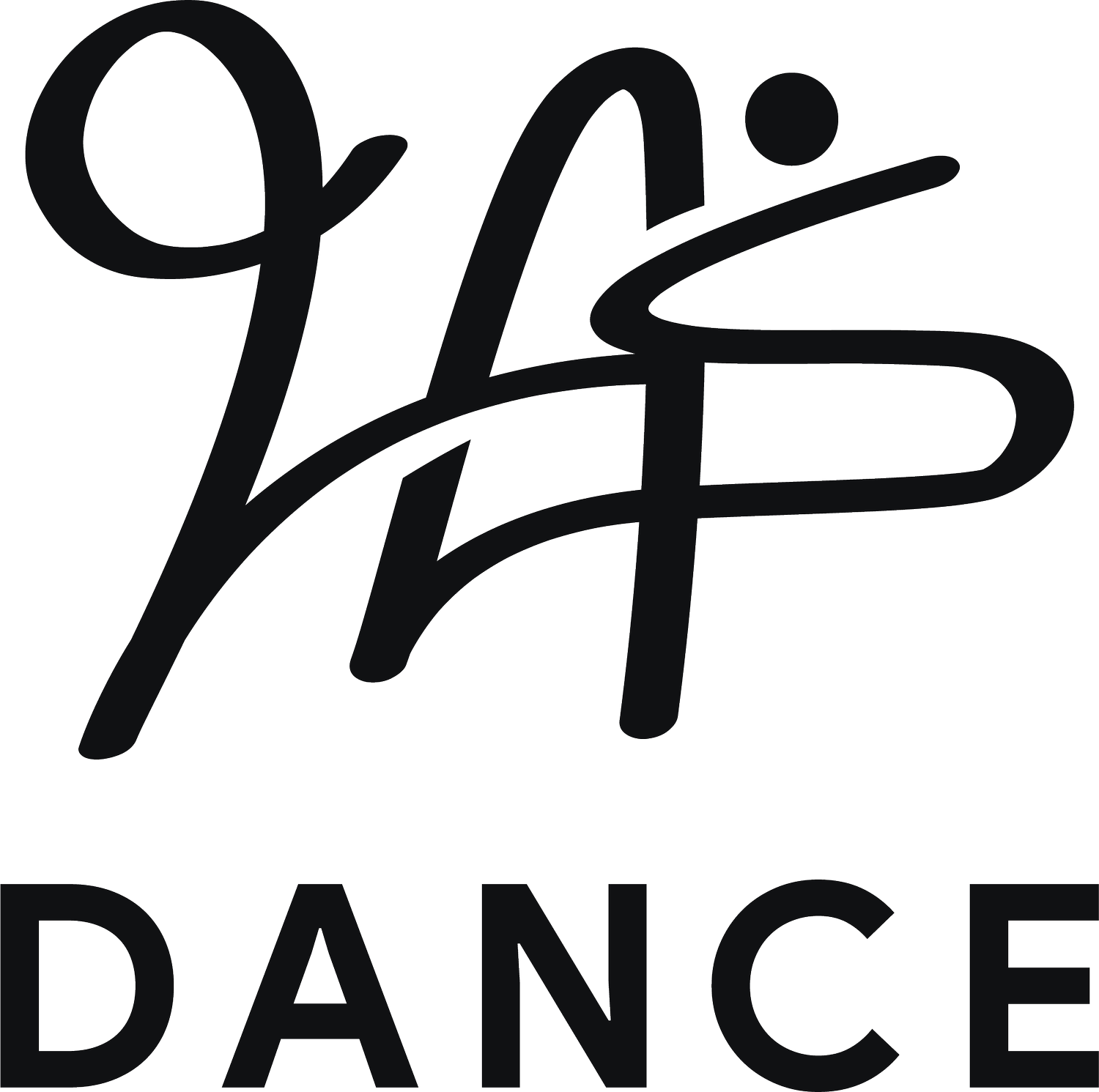Dancing Through Healing: A Guide to Conscious Practice of Dance Movement Therapy
1. Set Your Intentions: Before you begin, take a moment to reflect on your intentions for practicing dance movement therapy. Whether it's to explore emotions, release tension, or foster self-expression, clarifying your goals will guide your experience.
2. Create a Safe Space: Find a quiet, comfortable space where you can move freely without distractions. Clearing clutter and creating an inviting atmosphere can enhance your sense of safety and openness.
3. Choose Your Music: Select music that resonates with your mood and intentions. Whether it's soothing melodies or rhythmic beats, let the music inspire and guide your movements.
Are you ready to embark on a journey of self-discovery and emotional healing through dance movement therapy? In this guide, we'll explore how to consciously get started practicing dance movement therapy and navigate the transformative process with awareness and compassion.
Getting Started:
1. Set Your Intentions: Before you begin, take a moment to reflect on your intentions for practicing dance movement therapy. Whether it's to explore emotions, release tension, or foster self-expression, clarifying your goals will guide your experience.
2. Create a Safe Space: Find a quiet, comfortable space where you can move freely without distractions. Clearing clutter and creating an inviting atmosphere can enhance your sense of safety and openness.
3. Choose Your Music: Select music that resonates with your mood and intentions. Whether it's soothing melodies or rhythmic beats, let the music inspire and guide your movements.
4. Start Moving: Begin with gentle, intuitive movements, allowing your body to lead the way. Focus on connecting with your breath and the sensations in your body as you move.
Things to Be Aware Of:
1. Emotional Release: As you engage in dance movement therapy, be prepared for emotions and memories to surface. Dance encourages vulnerability and can bring up past traumas, both mental and physical. Allow yourself to feel whatever arises with compassion and without judgment.
2. Mind-Body Connection: Pay attention to the connection between your body and emotions. Notice how different movements and gestures evoke different feelings and sensations. Trust your body's wisdom as a guide for healing.
3. Safety Precautions: Be aware of your surroundings and any potential hazards in your environment. If practicing alone, ensure that you have a clear path for movement and that you're not at risk of injury.
4. Seeking Professional Help: If emotions become overwhelming or if past traumas resurface in a way that feels too intense to handle on your own, don't hesitate to seek professional help. A licensed therapist or counselor can provide support and guidance to navigate challenging emotions in a safe and therapeutic setting.
Conclusion:
Dance movement therapy offers a powerful avenue for self-exploration, healing, and personal growth. By approaching the practice with mindfulness and awareness, you can tap into the transformative potential of movement and unlock new pathways to emotional well-being. Remember to honor your experiences with kindness and self-compassion, and to seek support when needed. With each step, you move closer to wholeness and authenticity, dancing through healing one movement at a time.
For more information on Dance Movement Therapy click here -> More About Dance Movement Therapy
I am not a licensed therapist. This blog serves as an educational platform for individuals interested in exploring dance and movement as a form of self-therapy. While I offer guidance and insights based on my 15 years of trauma-informed experience and expertise, please consult a licensed therapist or healthcare provider for more personalized guidance and support as you see fit.


